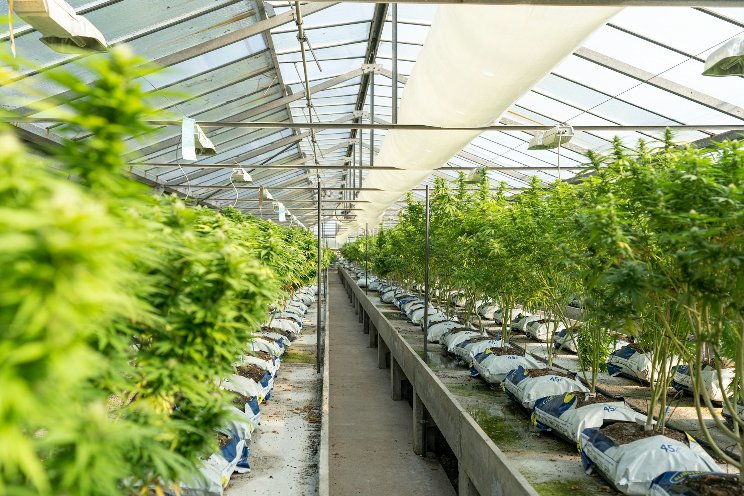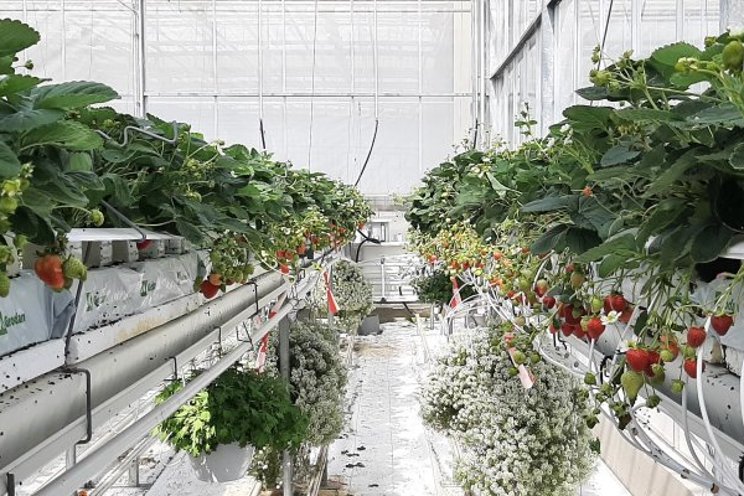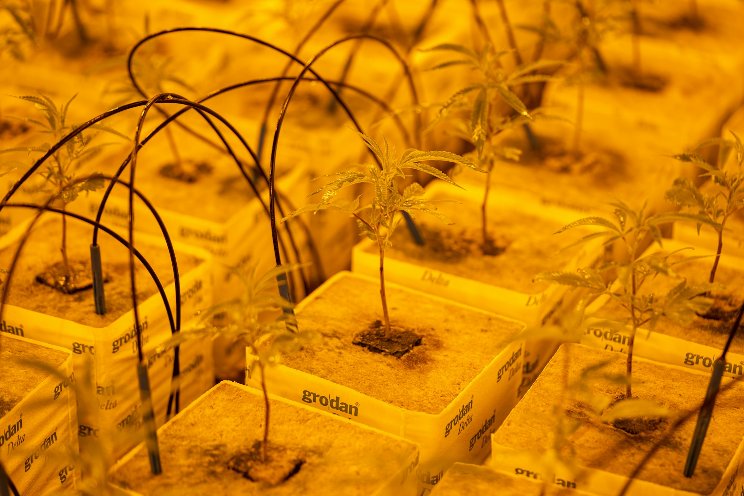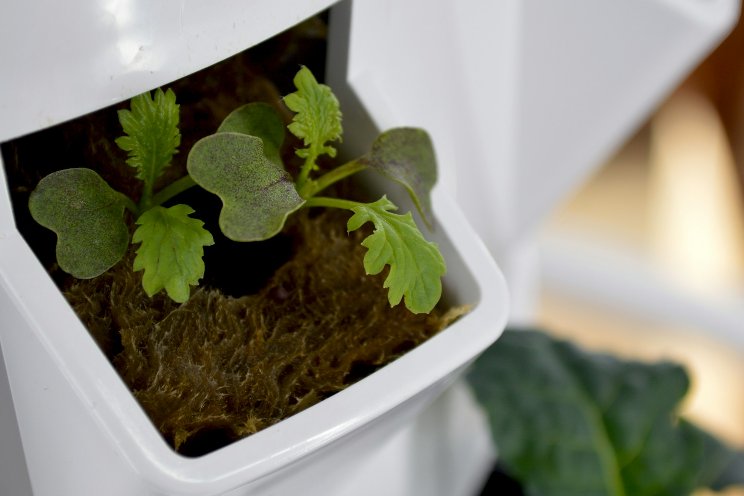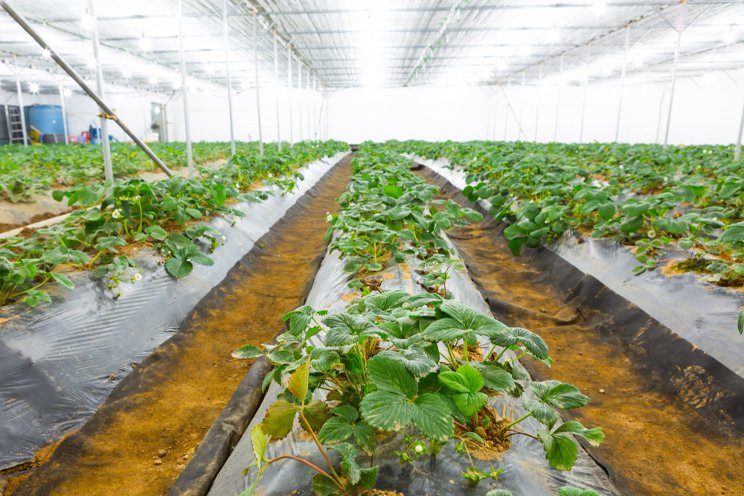Southern Ontario greenhouse boom contributing to algae
Added on 21 December 2023
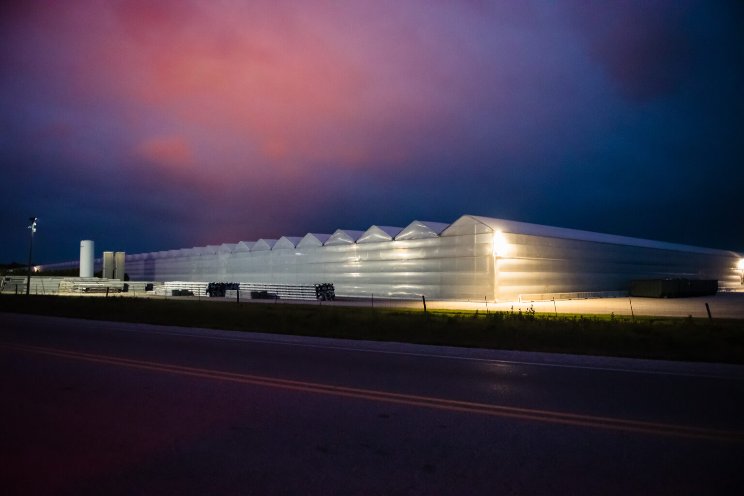
Since 2016, the footprint of Ontario’s greenhouses has increased by more than 44 million square feet (or four million square metres), roughly the size of 2,500 hockey rinks. Leamington Mayor Hilda MacDonald says issues such as excessive light pollution and illegal waste disposal can make the industry’s relationship with local communities adversarial. (Photo Credit: Kati Panasiuk/The Narwhal)
As algae reappeared at the turn of the millennium, water quality researchers began noticing additional worrying trends in Essex County waterways with significant greenhouse footprints. First, there was a jump in baseline nutrient loading in waterways such as Sturgeon Creek, which runs through an area with a high concentration of greenhouses. Great Lakes Now reports.
More news
